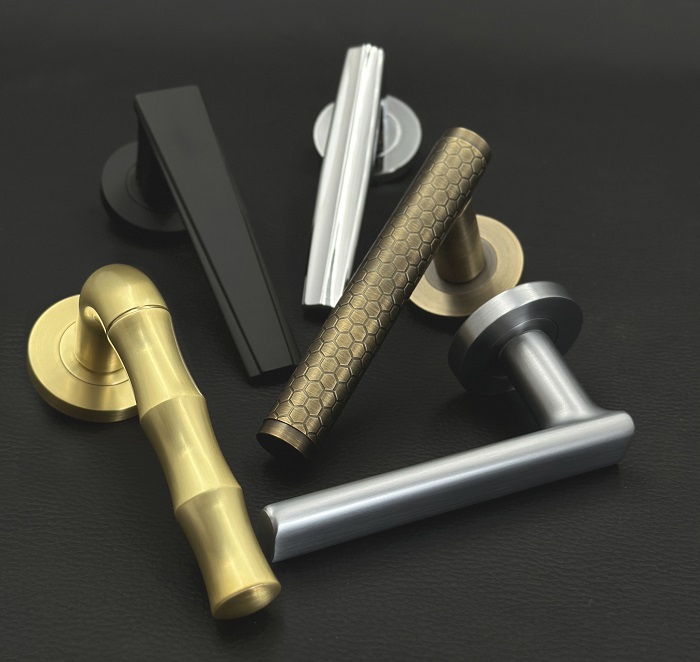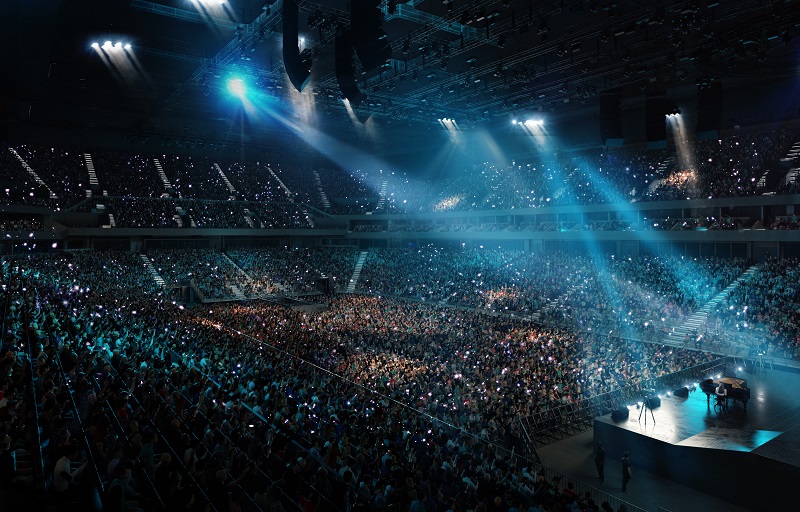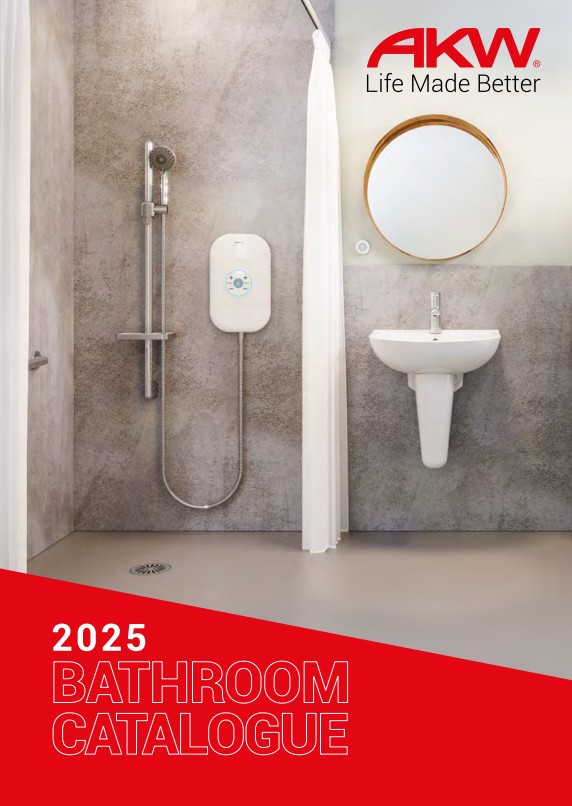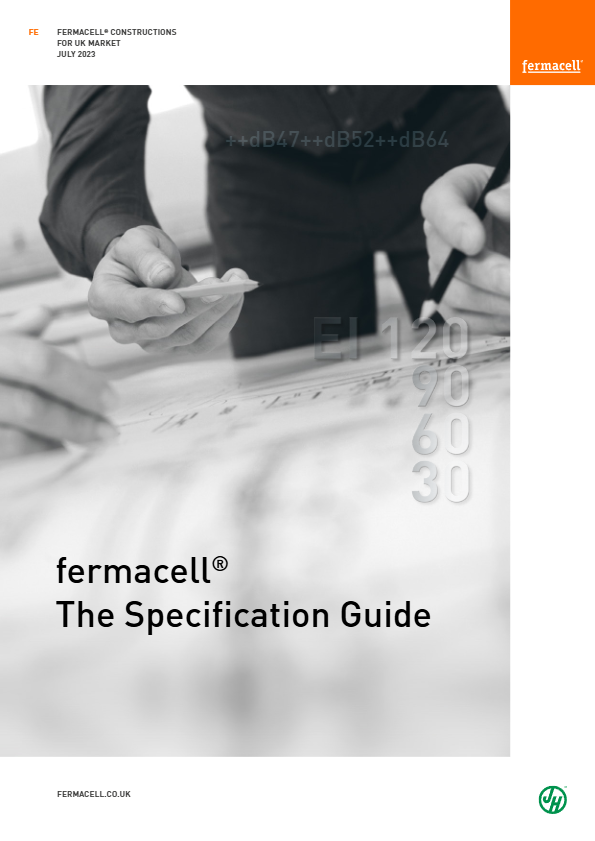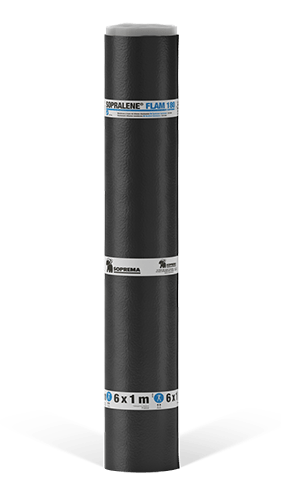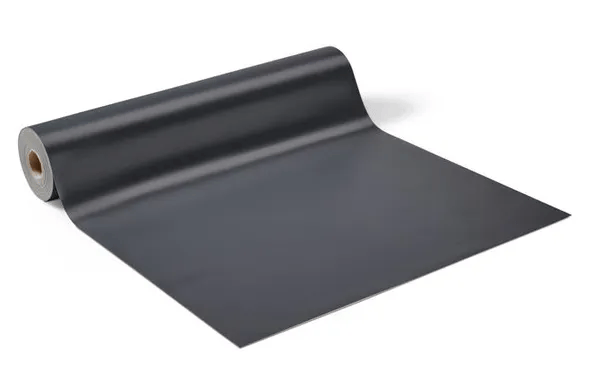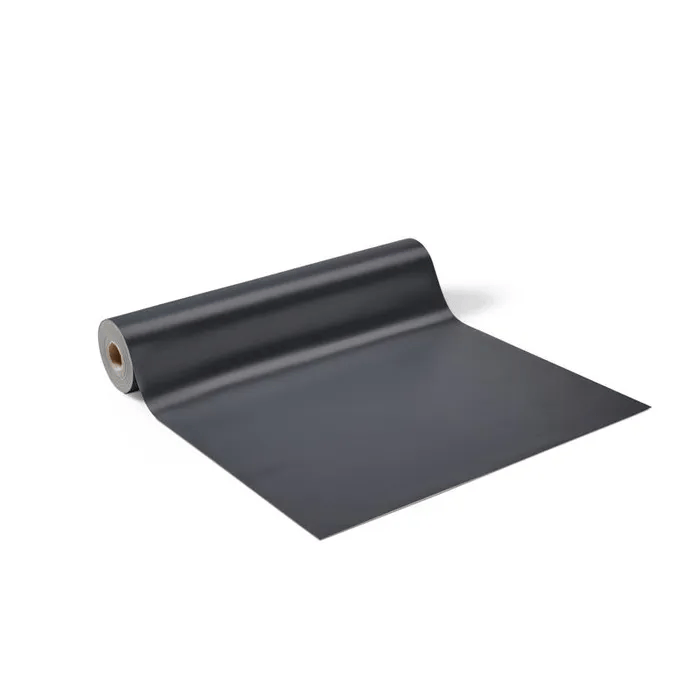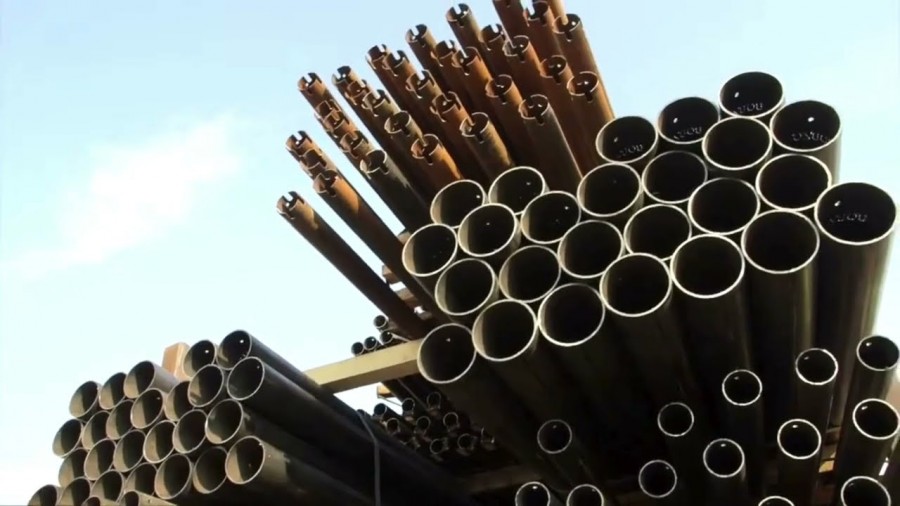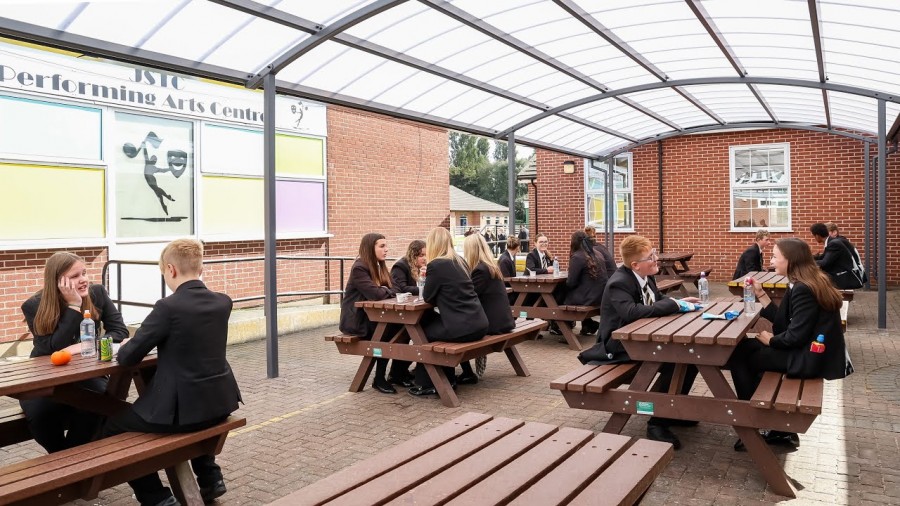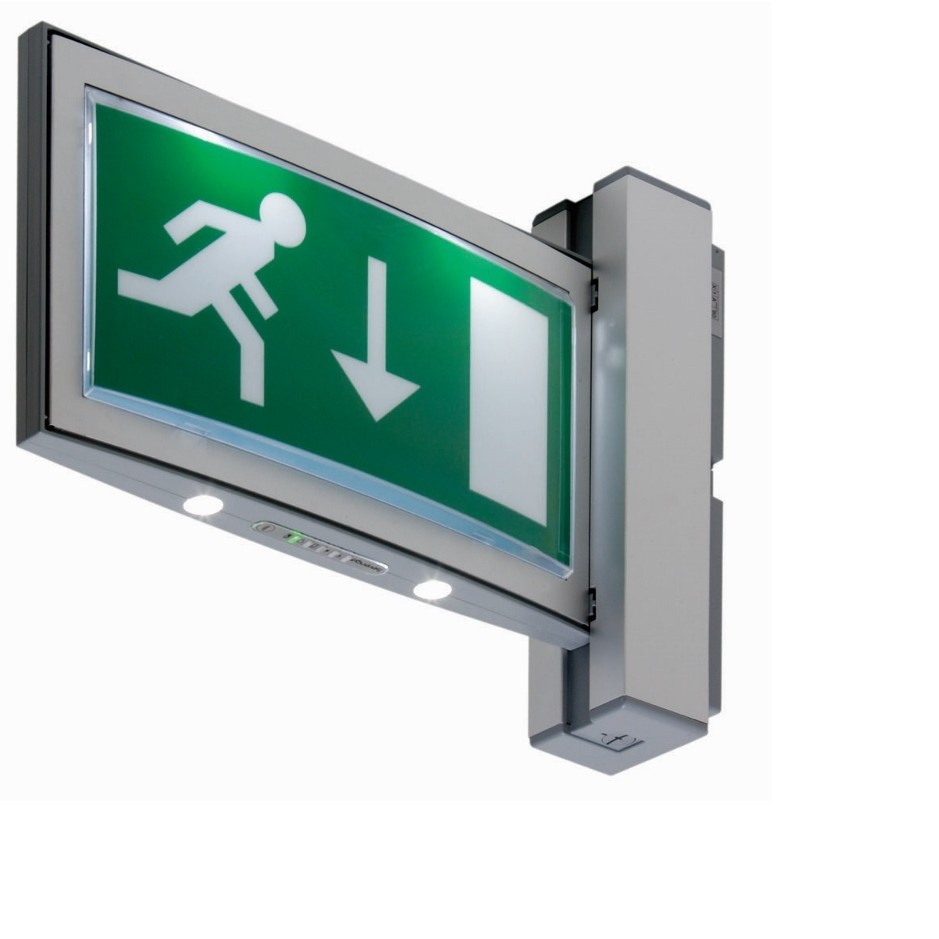
With the sales of non-electrically charged photo-luminescent exit signs on the rise, ICEL – the emergency lighting arm of the Lighting Industry Association (LIA) - and the Federation for National Manufacturers Associations for luminaires and electrotechnical components for luminaires in the EU (CELMA)1, have now, in response to questions from the market, evaluated whether such signs can be compliant with the various requirements for emergency-lighting.
Their conclusion is that photo-luminescent exit signs as an alternative to internally or externally electrically illuminated escape route signs would not meet the requirements of the Fire Safety Order guidance and other regulations and, therefore, should not be used instead of internally or externally electrically illuminated escape route signs.
Photo-luminescent exit signs, as opposed to conventionally electrically illuminated versions, are on the increase, because customers are often looking for the cheapest solutions, including reduced use and cost of electricity. However, do such signs meet the regulations relating to emergency lighting? Can they be a compliant and reliable alternative to internally or externally electrically illuminated escape route signs?
Photo-luminescent (‘glow in the dark’) materials use an active material that absorbs energy before it becomes visible in the dark. This process is phosphorescence, and in the case of photo-luminescent exit signs, the active material is ‘charged’ by exposure to light. Unlike the relatively quick reaction in a common fluorescent tube, the phosphorescent materials used absorb energy and store it for a longer time as the processes required to re-emit the light occur less often.
Photo-luminescent exit signs, therefore, are charged by whatever light is available in the environment indoors and/or outdoors, and the amount and wavelength of that light received determines how long the sign maintains its brightness. Without this regular light ‘charging’, the sign will eventually go dark, losing 80% of its brightness in the first 10 minutes, and will become non-functional until re-charged again. Where there is sufficient daylight or artificial light within the building, this will charge photo-luminescent exit signs.
However, there are many corridors, staircases and internal rooms where there is little or no daylight available to charge them. In addition, after around 4.00 pm during the winter, there is again insufficient daylight to charge these signs, so in both these situations, reliance has to be made on artificial light.
So, do signs made using this technology meet the required emergency lighting standards and regulatory guidance?
Exit signs are a part of the emergency lighting installation in buildings. The product safety standard for these exit signs is IEC 60598-2-22 (‘Luminaires, Particular requirements, Luminaires for emergency lighting’). Because this standard has been developed for electrical products, photo-luminescent exit signs cannot be tested according to this standard. As yet, there is no dedicated product standard for photo-luminescent exit signs.
The European Standard EN 50172 specifies the provision and illumination of escape routes and safety signs in the event of failure of the normal supply. It also specifies the minimum provision of such emergency lighting based on the size, type and usage of the premises. This standard relates to the provision of electrical emergency escape lighting and - therefore - by definition, photo-luminescent exit signs cannot comply with this standard.
The UK Regulatory Reform (Fire Safety) Order 2005 – Fire Safety Risk Assessment Guides – carry the following statement: “Signs or notices of the photo-luminescent type, i.e. where the active material making up the luminous parts of such signs or notices needs a period of exposure to light before they become visible in darkness (but get fainter with time), are not a substitute for appropriate emergency lighting and should only be used where other forms of emergency illumination are present.”
In addition, when measured in the dark, a photo-luminescent exit sign would not meet the colour requirements of EN 1838 (Lighting applications – Emergency lighting), or of ISO 7010 (safety sign legislation), or of the EU Signs Directive, as the symbols and the background colours lie outside the spectrum indicated in the standard. The UK Regulatory Reform (Fire Safety) Order 2005 – Fire Safety Risk Assessment Guides – carries the following statement: ‘Signs or notices of the photo-luminescent type, i.e. where the active material making up the luminous parts of such signs or notices needs a period of exposure to light before they become visible in darkness (but get fainter with time), are not a substitute for appropriate emergency lighting and should only be used where other forms of emergency illumination are present’.
It should be noted that the UK the Regulatory Reform Order places the responsibility on the building operator to ensure that the building is safe, including emergency-lighting provision of which exit signs are part.
With the increasing focus on energy efficient artificial lighting, average lighting levels and hours, which can be used to re-charge photo-luminescent exit signs, are progressively being significantly reduced - for example, edge-lit LED mains luminaires and/or the use of presence/absence lighting control systems to ensure artificial mains lighting is automatically switched off when not in use. As a result, re-charge times for photo-luminenscent signs when relying on artificial lighting, rather than daylight, will become longer. Also, remember that the luminance decay of photo-luminescent exit signs is very rapid.
For all the above reasons, say ICEL and CELMA, photo-luminescent exit signs do not meet the requirements of the various standards and regulatory guidance and therefore should not be used as an alternative to internally or externally illuminated escape route signs in meeting the minimum requirements of such standards and guidance, although of course they could be used in addition to such illuminated signs. To ensure compliance with regulatory guidance and standards for emergency lighting in buildings, ICEL therefore recommends that conventional electrically-powered internally or externally illuminated escape route signs should be used to ensure those minimum requirements are met.
The two organisations representing the lighting industry in Europe, ELC and CELMA, have merged to form a new organisation called LightingEurope, which was launched in December 2012 in Brussels.







